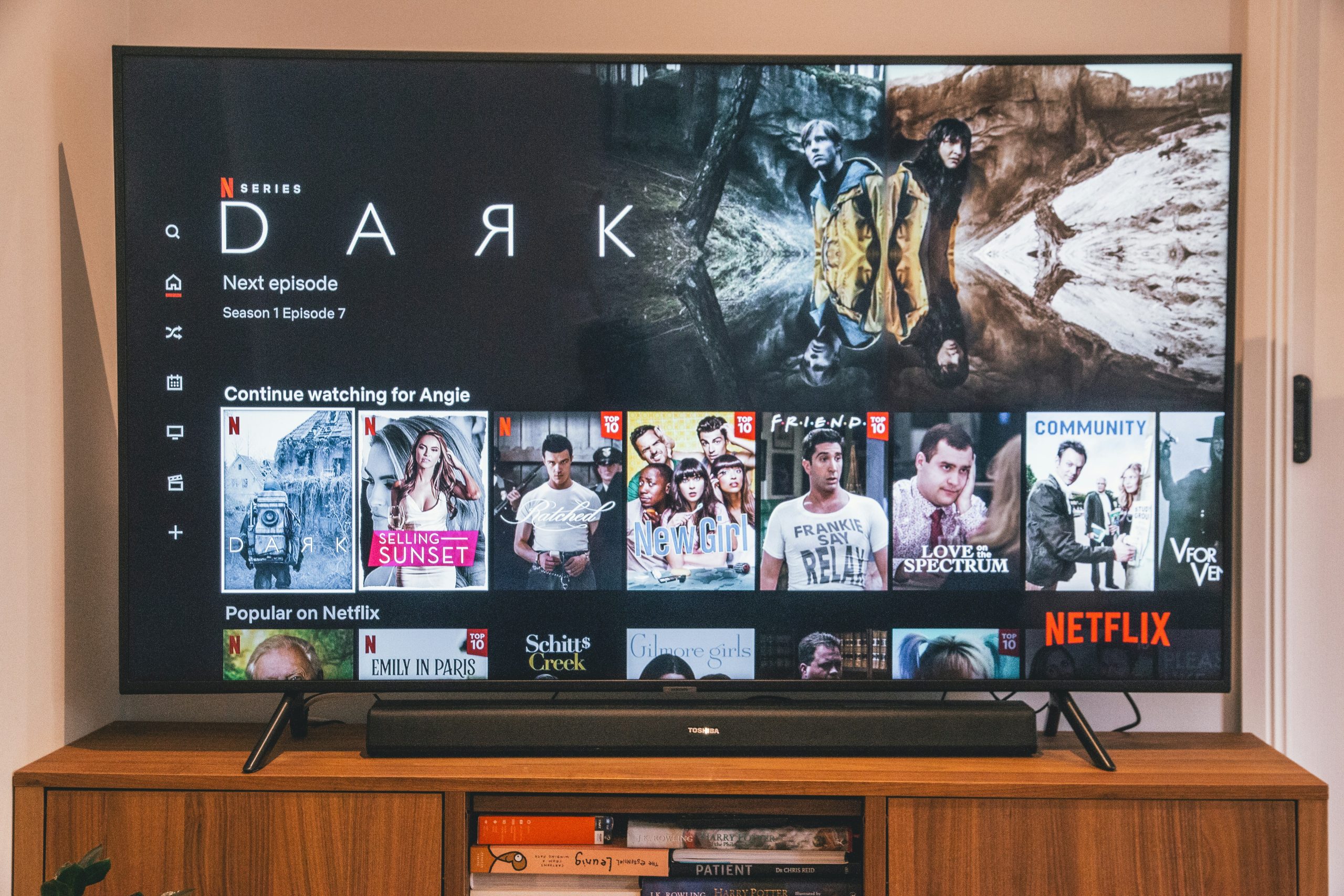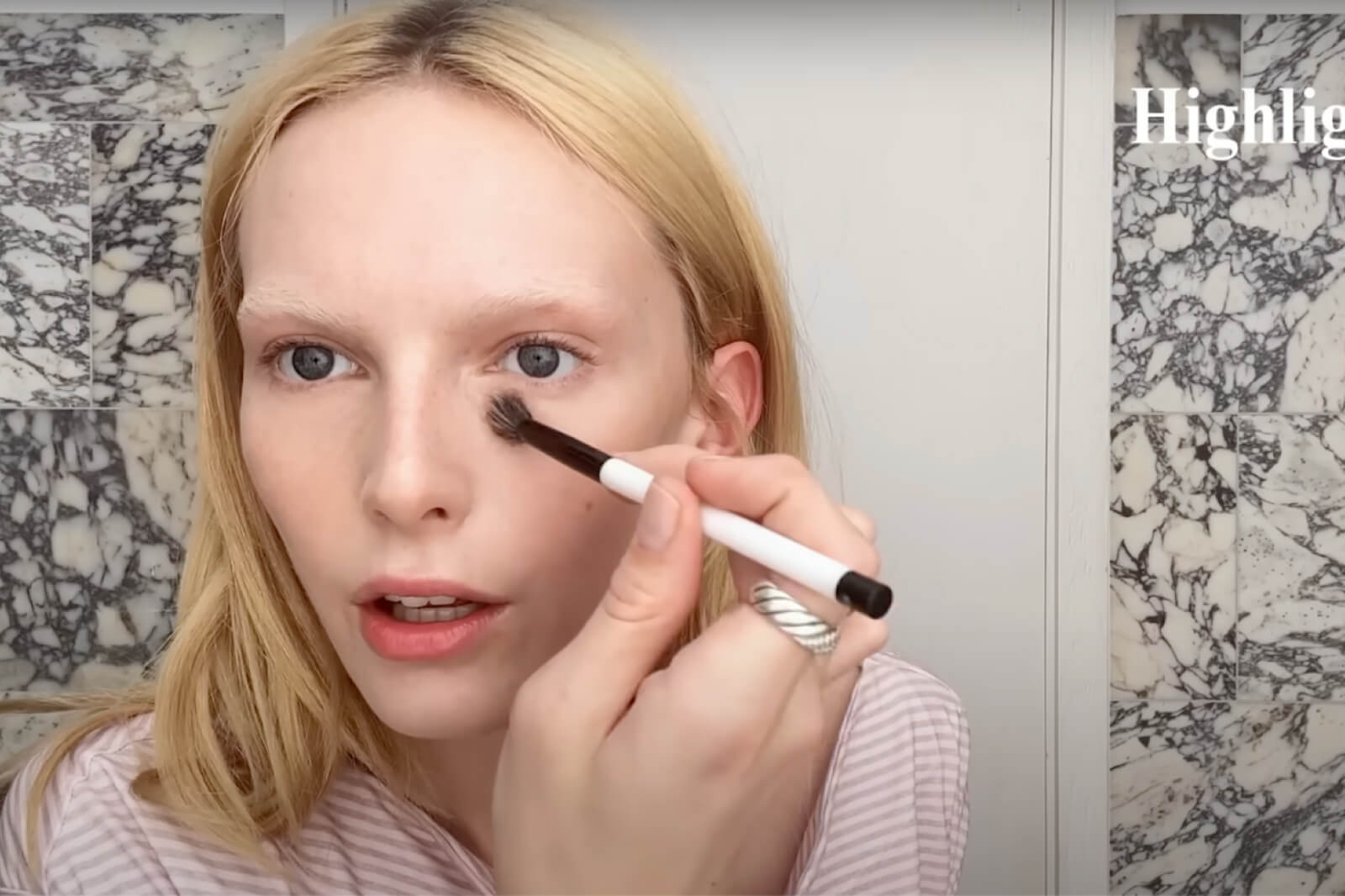Music
Binaural Beats and Pink Noise: The Weird World of Soothing Sound
25 Aug, 20
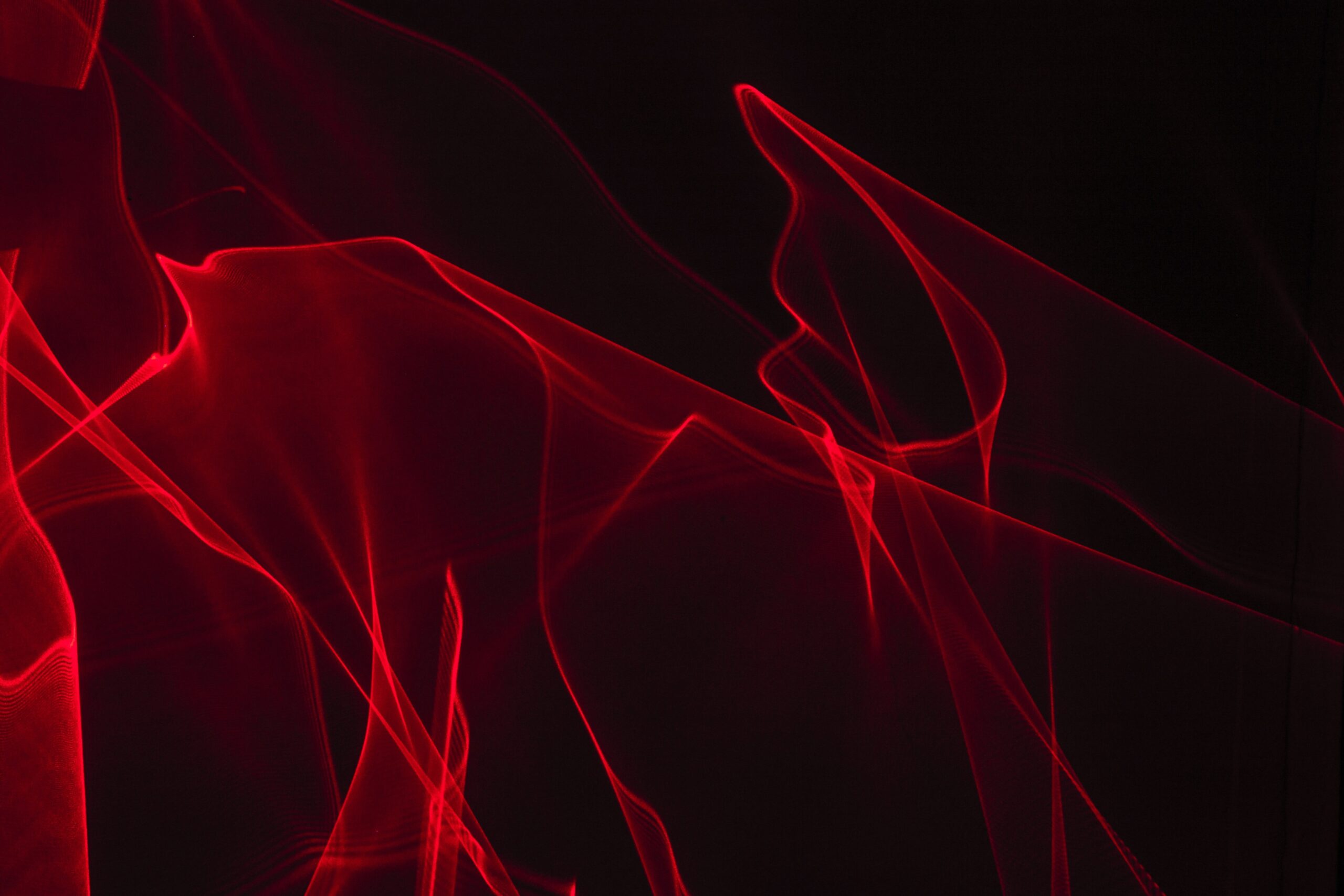
Photo by Milad Fakurian on Unsplash
If you’ve ever searched Spotify’s collection of sleep-inducing playlists, you may have come across a collection of songs labeled “binaural beats.” If you play one, you’ll hear a collection of soft, ambient noise, featuring bells and beats that bounce from ear to ear.
But what exactly are binaural beats? They’re a form of audio therapy often recommended for conditions like insomnia and stress, though some believe they can help listeners achieve states of deep meditative bliss.
While binaural beats haven’t been scientifically proven to be effective treatments for mental health conditions, they are beloved by many listeners for their undeniably relaxing, hypnotic effects.
How Binaural Beats Work: Listen to Your Hz
To understand binaural beats, you have to understand Hz. A Hertz is a measurement that refers to one cycle of any unit. All sounds vibrate at a certain frequency, and one single vibration is typically measured in Hz.
What is Frequency?www.youtube.com
Humans are capable of hearing sounds that vibrate at a frequency of anywhere from 20 to 20,000 Hz. Binaural beats only work at less than 1000 Hz, and the two sounds must only be around 30 Hz away from each other. But when they work, they create what is essentially an auditory illusion—but a powerful one.
Binaural beat tracks play slightly different Hz frequencies in each ear (which is why it’s so important that you listen with headphones). For example, a binaural beat track might play a frequency of 132 Hz into one ear and a frequency of 121 Hz into the other.
Because there are two different Hzs being played into each ear, your brain—always looking to create a unified version of the world around you—hears the difference and synchronizes with it. In addition to hearing the 132 Hz and the 121 Hz frequency, you also hear a third sound that vibrates at 11 Hz. Your brain absorbs that third, nonexistent sound.
What does it mean to “synchronize” a sound? The part of our brain that processes sound input from both ears is known as the superior olivary complex. When two different frequencies hit this part of the brain, it “acts like the conductor of an orchestra, coordinating and synchronizing the activities of many neurons throughout the rest of the brain,” writes Jacob Pollack for SelfHacked.
There’s something hallucinatory about listening to binaural beats and knowing that your brain is taking things into its own hands (or into its own neurons?) and making up a sound that’s not there. But that’s part of the magic of binaural beats and sound healing in general—it proves that we can consciously decide to trigger unconscious sensations and visions in our brain that, though they may not be conventionally real, can have very real benefits to us.
Uses of Binaural Beats
Many people believe that binaural beats between 1 and 30 Hz provoke an effect similar to that of deep meditation on the brain. Meditation has countless health benefits, but it also is sometimes quite difficult to achieve a meditative state. Binaural beats, which quickly trigger slower brain waves, can be a shortcut to achieving a state of deep meditation. This process is known as “brainwave entreatment.”
There are five different primary categories of brain wave patterns that can be achieved through binaural beats:
- Delta patterns (0.5 Hz-4 Hz) are associated with deep sleep; some believe it is also associated with deep healing
- Theta patterns (4-7 Hz) are associated with REM sleep as well as deep meditation; and some believe they can help listeners tap into the subconscious
Theta Waves ➤ Positive Creative Energy Music | Binaural Beat 4.5Hz Deep Relaxation Meditation Musicwww.youtube.com
- Alpha patterns (7-13 Hz) are associated with relaxation, tranquility, “flow” states, and rest
Binaural Beat – Alpha Wave Frequency |90minute| 100% Purewww.youtube.com
- Beta patterns (13-30 Hz) are associated with focus, energy, and wakefulness
Super Intelligence: 14 Hz Binaural Beats Beta Waves Music for Focus, Memory and Concentrationwww.youtube.com
- Gamma patterns (30-50 Hz) are generally rare and can be achieved through arousal or extreme states of meditation; they’re associated with bliss, mystical experiences, and pure presence in the moment
Accelerated Learning – Gamma Waves for Focus, Memory, Concentration – Binaural Beats – Focus Musicwww.youtube.com
Achieving these different states can reduce stress, improve focus and memory, and can combat insomnia. Some studies have shown that binaural beats can also address health issues like tinnitus.
Research into binaural beats is still in its preliminary stages. A 2018 meta-analysis conducted by Psychological Research explored 22 small studies that concerned binaural beats and concluded that the beats most likely have some kind of effect on our brains. However, more research is needed to prove the actual effects of binaural beats.
Some scientists believe their effects are comparable to the relaxing effects of any kind of calming music; others say the relaxation people experience from listening to them is just a result of confirmation bias.
Still, some people (and many YouTube videos) insist that binaural beats are life-changing. According to lonerwolf.com, binaural beats can heal chakras and can help listeners astral project and lucid dream.
Receive Powerful Divine Cosmic Energy | Subconscious Mind Power | Awaken Spiritual Binaural Beatswww.youtube.com
Who Makes Binaural Beats?
Some of the binaural beat-makers on Spotify have millions of followers. But who are they, actually?
Most likely, they’re no one at all. Click on the profiles of artists with names like “Momento” and “Shaman” and you’ll see that while they have thousands of followers most binaural beat-makers on Spotify have no bios. Many of them feature profile pictures with the same kind of font (closely resembling Arial) and bad graphic design.
Indeed, these playlists are most likely algorithmically generated by Spotify. These “fake artists” are typically generated by large production studios and they are essentially money-making bots for Spotify. As of 2019, Rolling Stone estimated that these fake artists have received up to 2.85 billion streams.
But don’t let the fact that your binaural beats were generated by computers deter you from finding peace through them, and don’t let all the scientific skepticism slow you down.
After all, sound has been used to heal, unite, and inspire us for a very long time. As anyone who’s ever experienced a sound bath or meditative chanting or a truly transcendent concert knows, there’s something soul-cleansing about a truly well-designed sound.
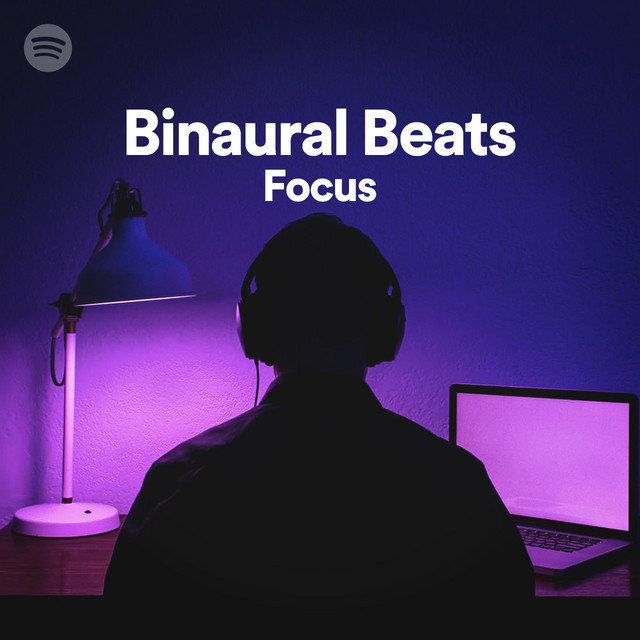
Other Types of Sound: Pink Noise (and the Rainbow of Sounds)
If you’re seeking sonic healing, binaural beats are far from your only option. There’s ASMR, sound baths, and a whole world of other sound healing techniques. You might also consider turning to white, brown, blue, or pink noise to help you relax.
- White noise is the classic sleep sound effect. It generally sounds like TV static and d encompasses all the frequencies people can hear, from 20 to 20,000 Hz.
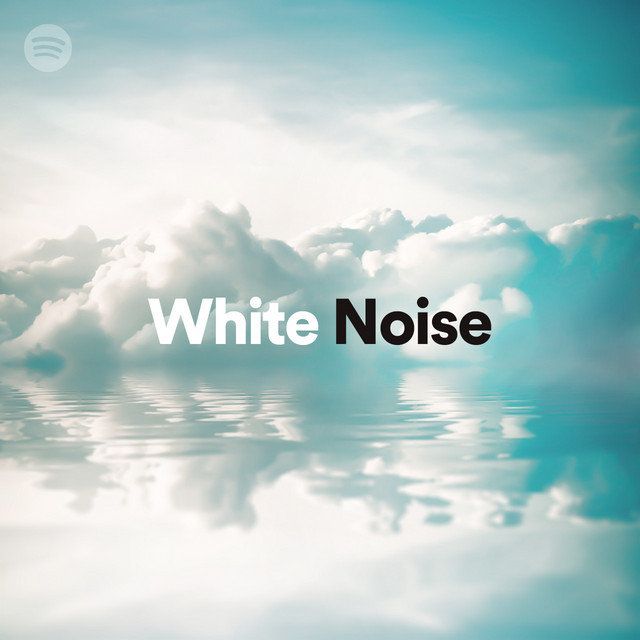
- Pink noise is a modern, popular choice for anyone looking to combat insomnia through sound. In general, pink noise mixes high and low frequencies, utilizing gentle rain sounds and low, booming bass-lines to hide much of the ambient noise that might normally wake you up. It’s often found in nature in sounds like the crinkling of autumn leaves and the sound of rain.

- Brown noise is essentially the deeper version of pink noise. It uses low frequencies to create an all-encompassing sound that resembles the crashing of ocean surf.
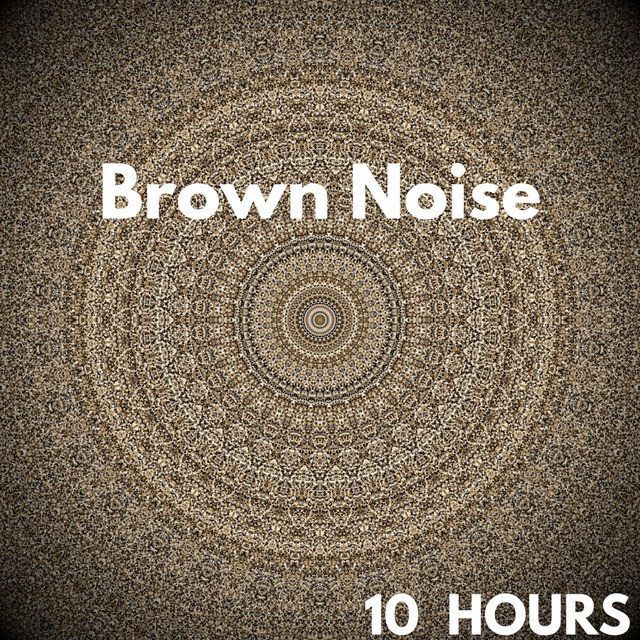
- Blue noise is high-frequency sound that might resemble a hissing water hose. Less effective for sleep, it can still be comforting to people who aren’t that sensitive to high-frequency sounds.
Some research has proven that pink noise is especially useful for sleep. However, sleep experts remind us, pink noise should never be used as a replacement for proper sleep hygiene.
However, if you’re ready to dive in, Spotify inevitably has a playlist for whatever you’re looking for.








